From soap operas to space operas, the Mexican actor and director is back as the eponymous rebel in the new Star Wars series Andor. Here, the issue 31 cover star discusses the mental gymnastics needed when action figurines of you exist, and why he’s determined to keep producing the vital stories he wants to tell – at whatever scale possible – in his home country
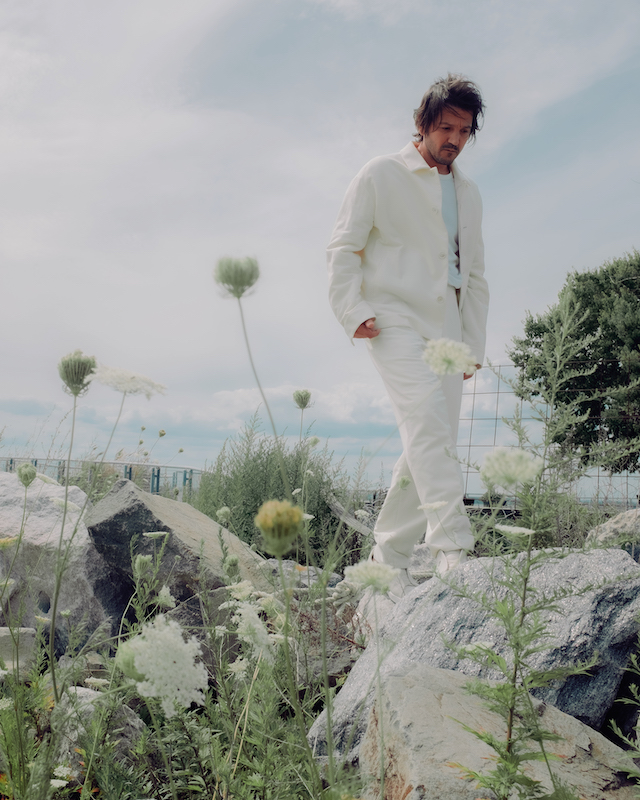
“Antonio Ortuño is an exceptional Mexican writer. I first encountered him as an author through his collection of short stories, La vaga ambición, for which he won the Premio de Narrativa Breve Ribera del Duero award in 2017, and which I recommend going to buy immediately. The sarcasm and irony of his pen left a deep mark on me. Then I read his novel Olinka, and since then I can’t go back to the city of Guadalajara without seeing it differently. Now I am about to start his latest, La Armada Invencible, which according to a friend whom I blindly believe, is his best novel. Ortuño does not stop; he makes his way with writing like few others. Without seeking permission, he writes short stories, novels, film scripts and shares opinions in his column in El País, which is a must read. At the beginning of his career, he wanted to make films, but did not go beyond cleaning moulds and stirring and baking latex in Guillermo del Toro’s special effects studio. It was his later journalistic work that ended up leading him to literature. He wound up as editor-in-chief of the most widely read newspaper in Guadalajara; reviewing texts written by others was his school to approach his own. It seems unfair to me that he is the one interviewing me. If you knew both of us, you would agree that the interview would be much more interesting if it were the other way around.”
– A note from Diego Luna on his interviewer for Port, Antonio Ortuño
I
If we can believe what we see in the press, there are several Diego Lunas worth mentioning. There is, of course, the star of Andor, the new series from the almighty Star Wars franchise, whose debut is set for this September. Then there’s the indie film and theatre actor, the movie director, the documentarian, the producer, the artist concerned for his community and his epoch. But there is a common element that unites all these facets: good judgement. Maybe because he was born into the public eye and has lived much of his life there, Luna takes the glitz of showbiz with humour and reflective distance. He builds his daily routine through work, well-considered decisions, and professional seriousness, far removed from the scandals that tend to dominate the headlines. He is a realist in the land of fairy tales. Or in his case, the universe of space operas.
Diego Dionisio Luna Alexander (Toluca, México, 1979) is the son of Alejandro Luna, a Mexican set designer and academic, and Fiona Alexander, a British set and wardrobe designer, who died in a car accident while filming in 1982. He began his career at only ten years old, with a minor role in the pilot of the soap opera Carrusel. He became more well-known in other soaps: El abuelo y yo (1991), and El premio mayor (1995), in which he played the son of a poor man who wins the lottery and loses control; the show was a huge success in mid-’90s Mexico. And while many a Mexican child star grows up to disappear from the scene, or else resigns himself to the kind of profitable and artistically undemanding productions that traditionally dominate the country’s TV channels, Diego Luna had other plans.
It was on the set of El abuelo y yo that he met Gael García Bernal, who would come to be his friend, collaborator, and fellow traveller in multiple projects. It’s no exaggeration to say that in their generation of Mexican actors, Diego and Gael are the equivalent of the De Niro-Pacino duo in terms of the quality, reach, and influence of their films. In 2001, the two starred together in Alfonso Cuarón’s film Y tu mamá también, a bold, fresh movie about friendship and sex that won Luna acting awards at the Venice and Valdivia Film Festivals and turned him into a rising star on the global stage.
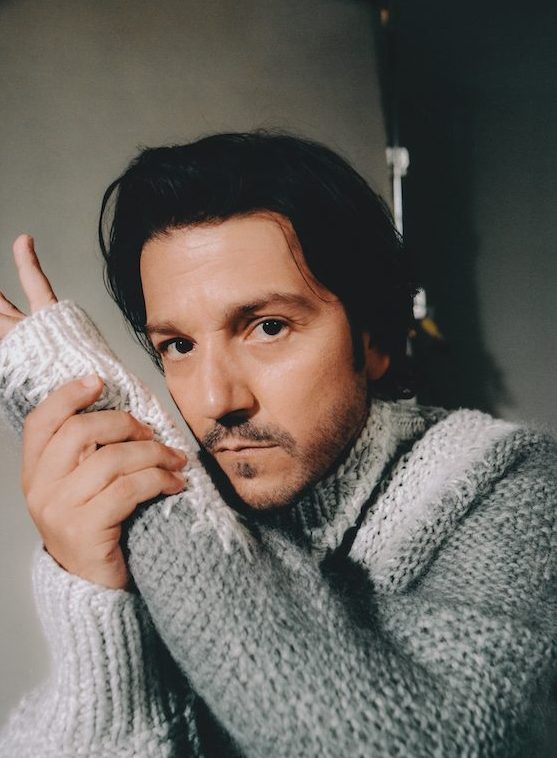
Although he already had roles in a dozen films under his belt (some as notable as Before Night Falls by Julian Schnabel), Y tu mamá también was the first turning point in Luna’s career, the one that made his mailbox start filling up with offers to come to Hollywood. Since then, Luna has worked on films helmed by Steven Spielberg, Julie Taymor, Woody Allen, Guillermo del Toro, Gus Van Sant, Neill Blomkamp and Tara Miele, and has shared the screen with renowned actors like Tom Hanks, Sean Penn, Forest Whitaker, Jodie Foster, Matt Damon and Javier Bardem. Some of his roles were supporting, yes, but they were significant enough for Gareth Edwards to call on him to co-star in a super-production that went one step further.
Rogue One (2016), with its dark, tragic story and a more grown-up atmosphere than the other films in the series, became a cult favourite for Star Wars fans. It was also Luna’s first time playing Cassian Andor, a sort of Jason Bourne of space who infiltrates the heart of the galactic Empire to sabotage their plans. That was a second inflection point for him. His face was featured on posters, toys, t-shirts, backpacks, stickers, and memes, and his voice even ended up in a video game. It’s a mass media presence that very few Mexican actors have ever experienced, and one that has too often left professionals of any country overwhelmed and exhausted. In the entertainment store, few display cases are looked at more avidly than the stories set in the universe George Lucas created back in the ’70s. But Luna was unfazed by the attention, and after the box-office smash he went right back to work, starring in the Netflix series Narcos: Mexico as Miguel Ángel Félix Gallardo, the twisted and charismatic founder of the Guadalajara drug cartel.
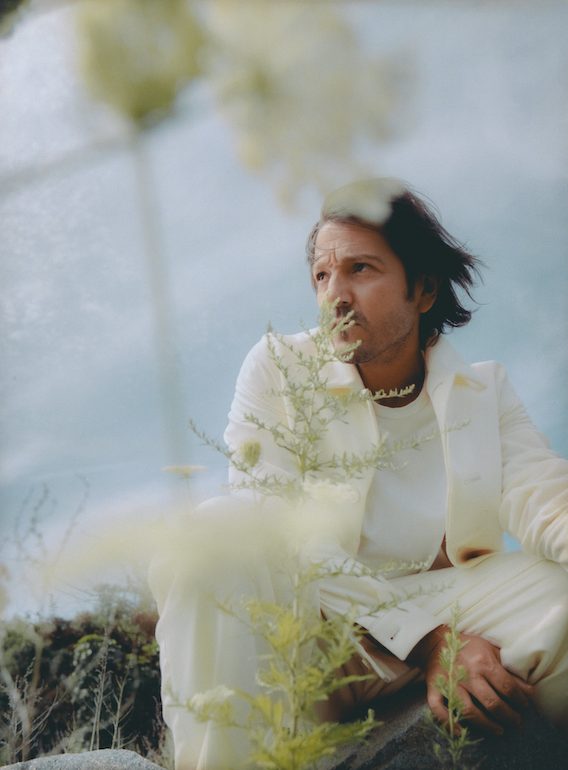
It must be said, though, that this is not the case of an actor who makes his name in Hollywood and forgets where he came from. Luna has continued to contribute to Mexican cinema, and not just in front of the camera. Multiplicity has become his brand. He started his directing career with the documentary J.S. Chávez (2007), about one of the best Mexican boxers in history. His debut directing a narrative film came in 2010 with the feature Abel, the story of an imaginative and restless boy who must take on family duties in his father’s absence. Luna was also behind a biopic about the civil rights activist César Chavez (played by Michael Peña), and Sr. Pig, a road movie set in Mexico and starring Danny Glover.
Luna has been a producer of several dozen more projects, including documentaries, fiction features, shorts, and TV series. Many of these were supported by Luna through Canana, the production company he founded in 2005, along with Gael García Bernal and other partners. In 2018, the two friends broke away to open a new production house – La Corriente del Golfo – which has promoted projects including the Netflix series Everything Will be Fine and the interview program Bread and Circus, hosted by Luna himself. Just a few weeks ago it was announced that the two actors would share the screen again for the first time in years on the action miniseries La maquina, to be distributed by Hulu.
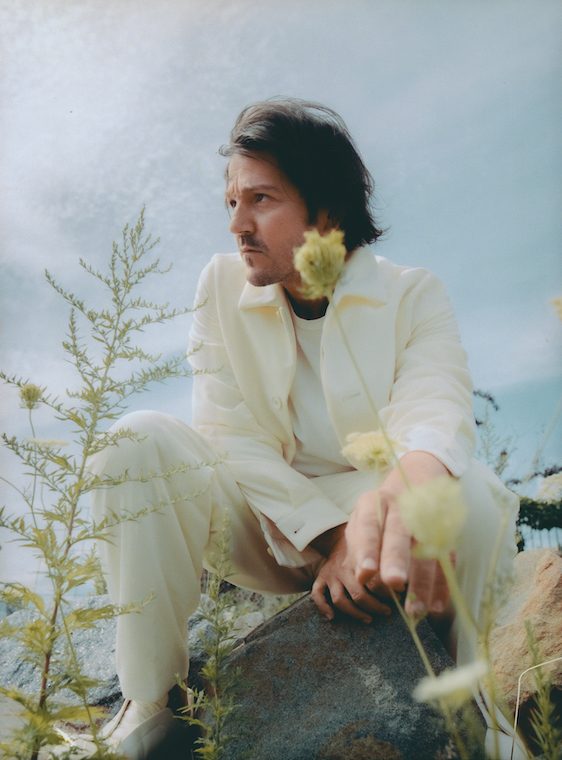
All this activity (to which we must add his frequent participation in plays) does not exclude Luna’s preoccupation with social justice. Along with a group of artists, producers, and journalists, he is part of the direct action platform El Día Después, through which civil organisations carry out concrete campaigns around urgent social and environmental issues, such as water scarcity, disappeared people, femicides, and the effects of the Covid-19 pandemic.
All this is to say that Luna’s feet have never left the solid ground of reality. Not even when he was part of the most fantastic and exuberant mythology of modern cinema.
II
With a schedule like his, it’s surprising that Diego Luna even had an hour free to talk to me, over video chat from New York. These days find him in the midst of promoting Andor, the series that marks his return to the Star Wars universe. Our conversation meanders and touches on many subjects; Diego is a warm, straightforward guy. On my screen he seems to be in a good mood, dressed in a simple T-shirt and wearing his hair exactly like his character’s (or, alternately, perhaps Cassian Andor copied Luna’s hair).
I first met Luna years ago at the Guadalajara Book Fair. We were both part of a public forum on Mexican politics organised by the newspaper El País, which ended in a dinner with friends in common and a few shots of tequila. In addition to the strangeness of partying with a movie star, I was struck by how serenely he accepted being approached by some of the customers at the restaurant where we ate. He signed autographs, posed for half a dozen photos, and even acquiesced to watching a magic trick performed by an aspiring magician that involved napkins and fire. “It’s part of my job to listen to people,” he told me then.
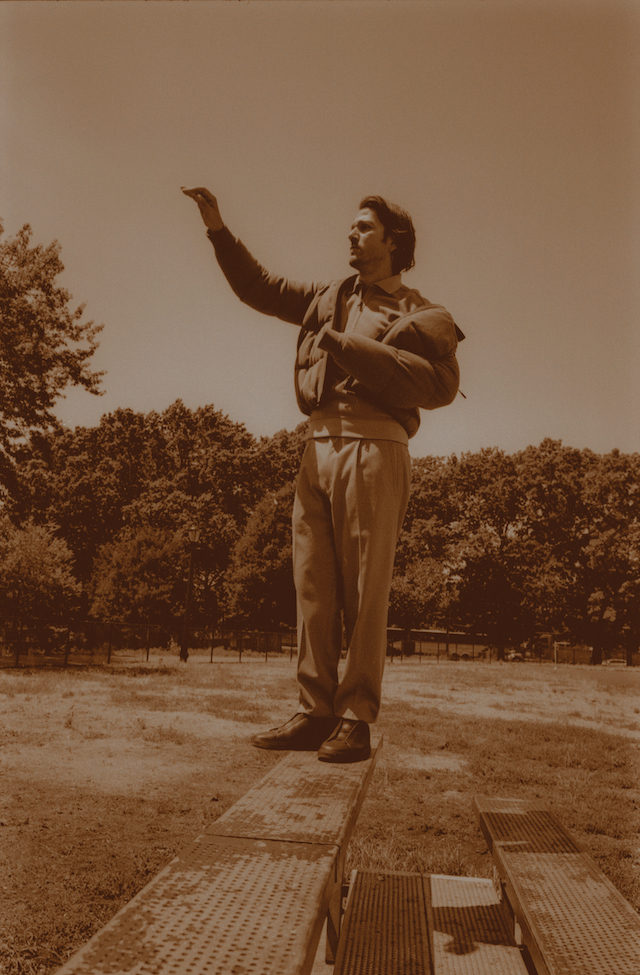
We’ve run into each other a few times since then, with or without tequila involved. This time, the conversation is virtual. We talk about our kids (who just keep growing and changing) and the difficulties the pandemic has caused in daily life (and, especially, in the filming of movies), before getting into the unavoidable subject: How does an actor like him hold up under the pressure of participating in a gigantic saga like Star Wars? One that looms so large in the imaginations of millions of people all over the world? Though the question I actually pose to him is not so categorical: how does it feel to have a figurine with his face being sold in every toy store around the globe? He gives a quick, nervous laugh: “I don’t think the doll looks so much like me. I always say it looks more like Chema (José María) Yazpik (an important Mexican actor and one of his co-stars in Narcos: Mexico). Though it does have my nose… But I know what you’re asking. It’s very strange. It can be fun if you don’t take it too seriously. But if you think about it too much you can go crazy. It’s those tangential details that can distract you.”
When Rogue One was released, in 2016, Luna became one of a few pioneering actors born in Latin American countries who have earned central roles in the phenomenon of Star Wars. Oscar Isaac, from Guatemala, and Pedro Pascal, a Chilean, had gone before him in other productions, the former in the saga’s most recent movie trilogy, the latter in the series The Mandalorian. I tell him that, from a Mexican’s point of view, his starring role seems extraordinary. When he and I were children in the mid-’80s, it would have been unthinkable for an actor from our country to lead a production like Andor. Luna celebrates this evolution, though with some caveats: “The first time (the producers) called me, I couldn’t believe it. I didn’t understand what they saw in me. I didn’t see how I would fit into this universe. But the story (of Cassian Andor) is ideal for me: it’s different from others in the Star Wars franchise. There’s no magic in his world, no Jedi knights. It’s a human world that’s more realistic, with people fighting back against the oppression of an empire.”
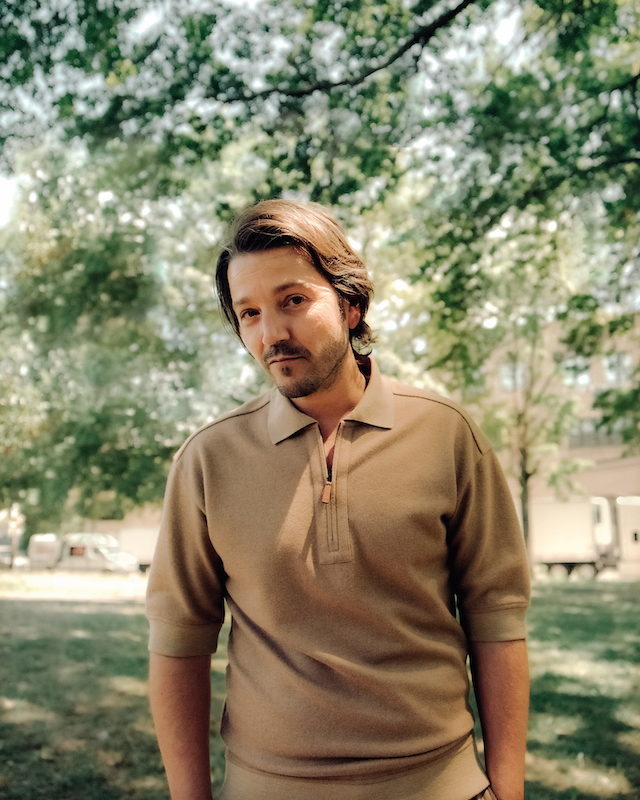
We recall, then, that the character of Lando Calrissian, played by Billy Dee Williams, was the first instance of an African-American in a leading role in Star Wars. It was in The Empire Strikes Back, in 1980. Decades passed before Latin Americans would have similar opportunities. Luna sums up: “I’m very grateful for the changing times we’re living in. But there’s another part, which is the one that I care about most, and it’s that in this process of change, the stories we tell are also changing. Otherwise it does no good, right? I mean, the real impact comes from transforming the stories as well, not just changing where the actors are from.” And he also defends his Mexican accent in English: “If they had asked me to get rid of it, they would have had to find another actor. It wasn’t a choice for me. This is who I am, this is how I speak.”
He goes on: “In Rogue One, no one else spoke like Cassian Andor. It was clear that the character was a migrant, a refugee. Now, we have the chance to tell the story of that migrant.” It’s clear that Luna is pleased with the result, which is “a little more adult, darker, harder,” than the average story of the saga. He highlights the role of Tony Gilroy, scriptwriter of Rogue One and showrunner of Andor: “I really like how he works. The series format allows us to go deeper into the characters, and Gilroy writes stories that are very complex, but perfectly developed and explained.”
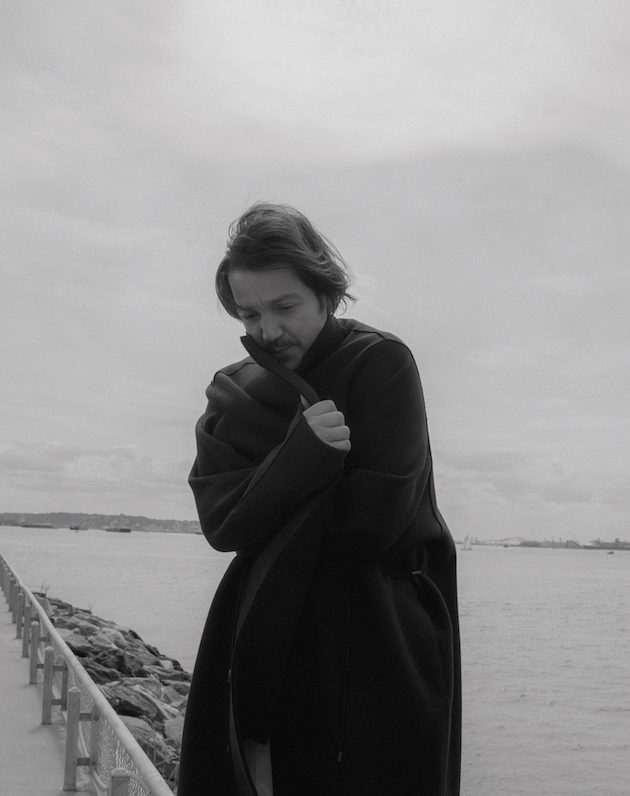
He says this with all the conviction of a fan who isn’t hiding the fact that he was once a Star Wars kid. Diego remembers how as a child, he had a marker case shaped like Darth Vader’s helmet. He used it right up until high school, when his classmates started to tease him. It’s an enormous leap between that young fan and the actor working on a production where, as he says, “everything is on a large scale: there are whole buildings of sets and offices, thousands of people working, helicopters with cameras flying over you… Just crossing the whole parking lot is exhausting.” And yet, he still equally appreciates his smaller-scale projects: “I really value being in Mexico, that my production company is there, that I’m still paying attention to the specifics that apply to me.”
The contrast between a super-production overflowing with resources and the independent projects that Luna struggles to get up and running in Mexico comes into focus again: “I’m past the romantic phase when I thought that by getting famous it was going to be really easy to get investment and support for the projects I want to get off the ground in my country. Stories that are important but that few want to tell. As an actor, I have freedom now to choose only the projects I want to do, but as a producer I’m still in the fight. And I want my freedom to consist of telling the stories I want to tell at whatever scale possible, with the tools I have at hand. And sometimes you have to get down on the ground and say: I’m going to make this documentary that matters and that no one else wanted to make or finance. And then work on making it take shape, because sometimes it’s not enough for me to just go out there with my voice – it takes effort to make it happen.”
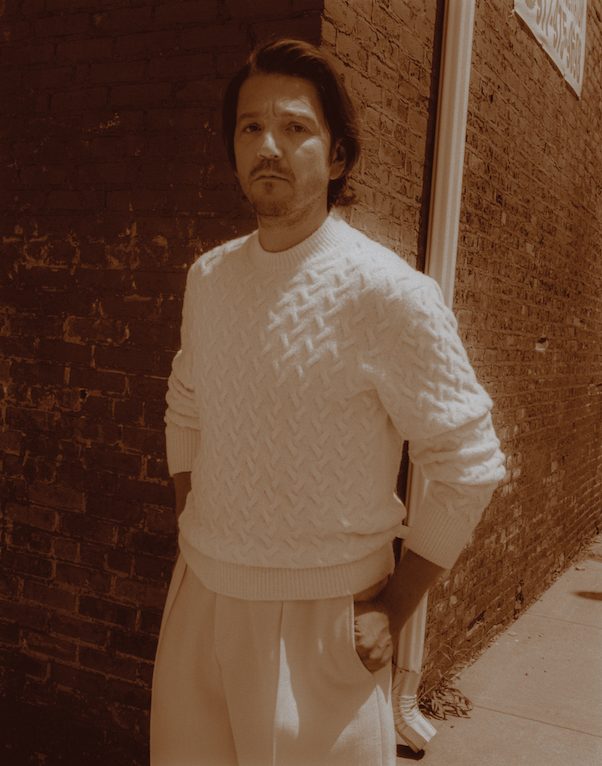
A stable role in a corporate franchise could be considered a jackpot for any actor, given all the benefits it offers in terms of income, image, contacts, and experience of all kinds. Luna recognises all of that, of course, but he never loses perspective: “When I start to feel too comfortable in a project, I remember that sooner or later it will be time to move on, to do something else. To start something different, something new. And then there’s the challenge I like the most, which is that of telling a story that I want to watch as a viewer, first and foremost. Not to keep thinking only about the kind of stories that have already been made, but to take a step back and try to figure out how the audience thinks.”
Then he laughs and shakes his head: “Sorry if this all sounded like a therapy session,” he says. And he signs off, to forge ahead with this endless job that takes him from the earthly to the galactic, from Mexico to the stars.
Translated from the Spanish by Megan McDowell
Photography Mitch Zachary
Styling Mitchell Belk
Grooming Amy Komorowski at The Wall Group
Special thanks to The Production Factory, NYC
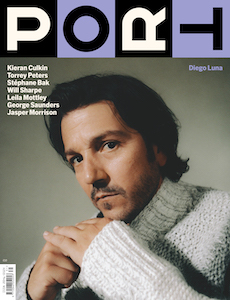
This article is taken from Port issue 31. To continue reading, buy the issue or subscribe here




